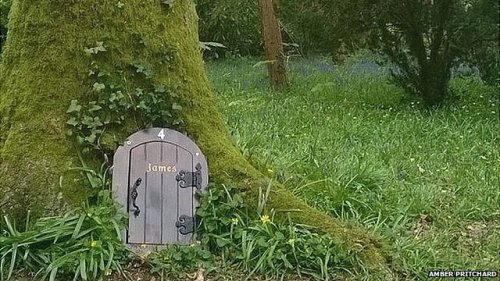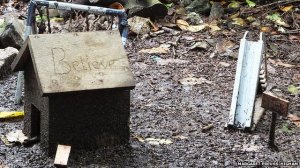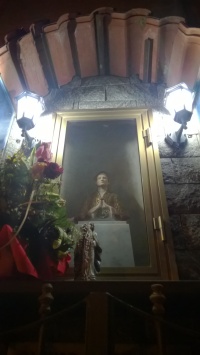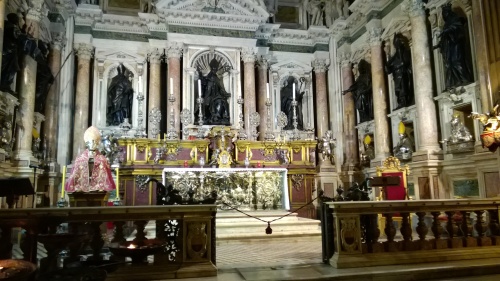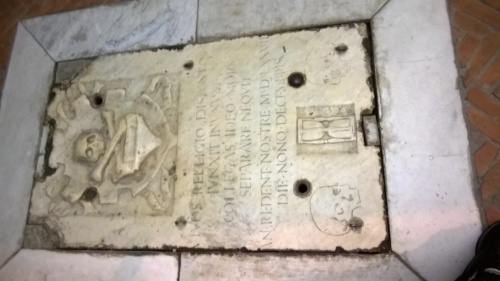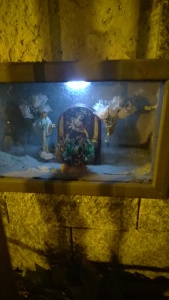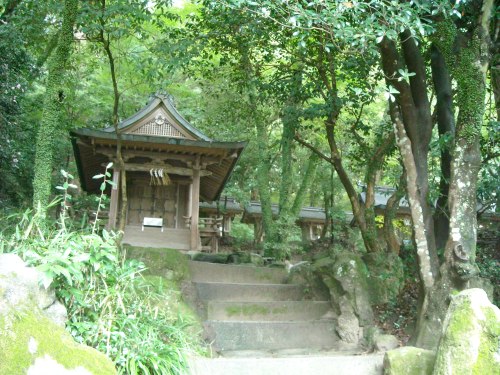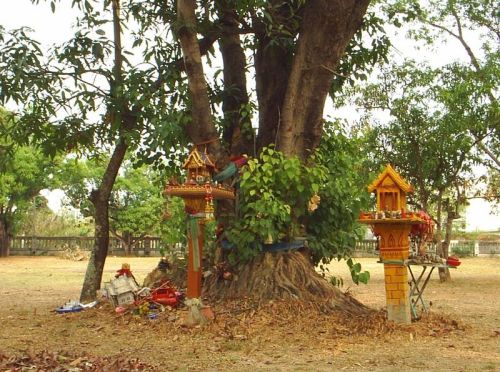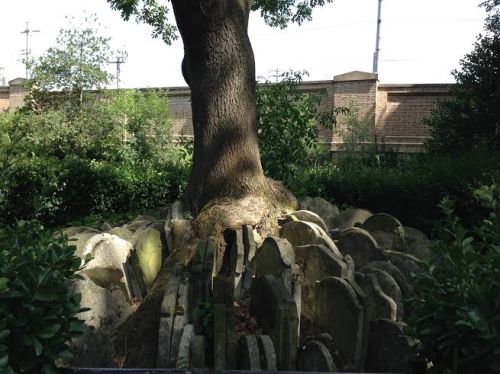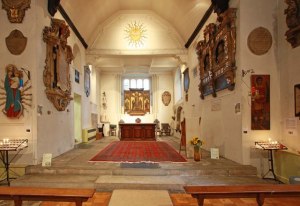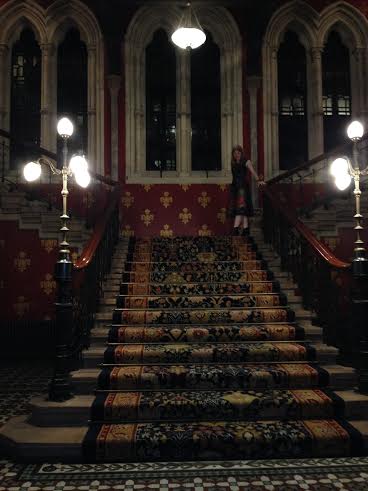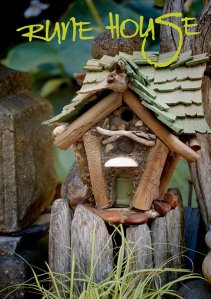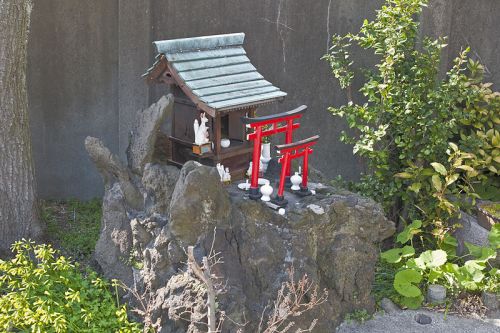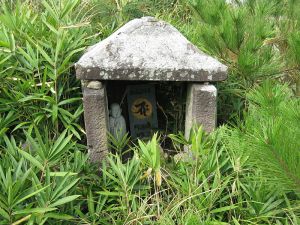I was absolutely delighted and intrigued to read in the BBC News that locals have been putting tiny faerie doors on trees in Wayford Woods, Crewkerne.
Regular readers of my blog may know that I am fascinated with Shinto customs of leaving little offerings in sacred forests, especially at hokora (miniature shrines) which look a little like Western “faerie houses.” This is done in order to give thanks to the kami of the forest and to ask for their continued blessings.
In Wayford Woods, the faerie doors have been put up in order to delight the local children, who leave messages and gifts for the faeries. Although it is being done whimsically, I can see a lot of parallels with the Shinto custom of leaving offerings for kami in nature. I feel that this movement expresses a real, subconscious need to express the sense of awe and respect for nature, and to somehow connect with the “spirits” of nature, which many Westerners see embodied in faeries. In fact, I find a lot of similarities between faeries and kami and I personally view faeries as simply a type of kami.
Moreover, the offerings themselves do resemble the sort of offerings you might find in a sacred Japanese forest or shrine. The messages left by children remind me of the wishes people often write and leave at shrines, or those tied to bamboo at Tanabata. The doors perhaps serve a similar function to torii gates – a symbol of the divide between the mundane human world and the spiritual world of the fae. There are even tiny houses that bear an uncanny resemblance to hokora there. Although entertaining children may be the primary reason for creating these faerie shrines, I suspect that adults too feel somehow fulfilled in viewing and contributing to these offerings.
The woods’ trustees have expressed some alarm and concern at the sheer amount of faerie doors and other offerings that have appeared in Wayford Woods, but I really hope they don’t try to stop this movement (provided it does not cause significant disruption to the natural ecosystem, which it doesn’t look like it will). To me, it’s a sign that people long to re-connect with their long lost spiritual relationship with nature, through reviving the stories of faeries. And once people are instilled with a feeling of wonder and respect for forests, they will certainly think twice about destroying them.

